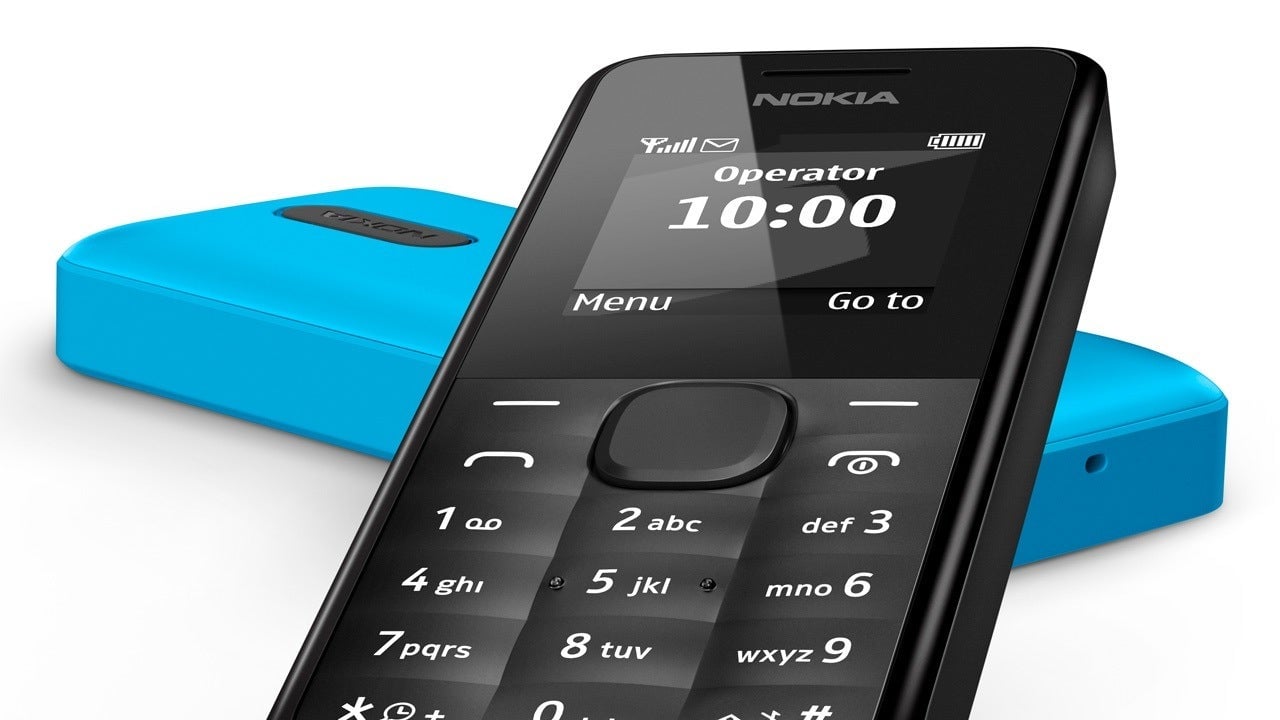How Nokia makes money on a $20 phone
Nokia’s ultra-low-cost handsets might not be as sexy as the latest iPhone or Samsung Galaxy. But they are a much-needed source of cash for the ailing Finnish company, as well as a staple of the telecom networks of the developing world. If you—like a good many of the people on earth—need a phone that’s water- and dust-resistant, can last a month on standby between charges, and only costs $20, Nokia’s new Nokia 105 is the way to go. And even at this price, reveal the industry analysts at IHS, Nokia is making money on the phone.


Nokia’s ultra-low-cost handsets might not be as sexy as the latest iPhone or Samsung Galaxy. But they are a much-needed source of cash for the ailing Finnish company, as well as a staple of the telecom networks of the developing world. If you—like a good many of the people on earth—need a phone that’s water- and dust-resistant, can last a month on standby between charges, and only costs $20, Nokia’s new Nokia 105 is the way to go. And even at this price, reveal the industry analysts at IHS, Nokia is making money on the phone.
The total cost of the materials and manufacturing of the Nokia 105, estimates IHS, is $14.20. Throw in other unknown costs, like marketing, software, licensing, royalties and distribution, and Nokia might be making a mere $5 per handset, or less. Here’s the breakdown for the major parts, which doesn’t include assembly:
- Display: 1.4″ Color TFT 128×128 Pixels, $2.25
- Radio, CPU, Memory, (3 chips): Skyworks, Intel, Micron, $5.25
- Mechanical / Electro-Mechanical: Enclosures, Connectors, PCB, $3.50
- Box Contents: 800mAh Battery, Charger, and Box , $2.50
The Nokia 105 is almost identical in features to Nokia’s iconic 1100 cell phone, which included components that, eight years ago, cost at least three times as much as the ones in the new Nokia 105. In the meantime, Nokia has reduced the number of microchips in the 105 to three, from the six that were in the 1100. By keeping the phone’s features basically the same, the classic progression of technology means the same device at a much lower price—exactly what the developing world, and Nokia, needs.
Nokia remains the second largest mobile handset maker in the world by volume, and phones like the 105, which represent 90% of the company’s sales (the other 10% are true smartphones like the Nokia Lumia) are key to its strategy of getting “the next billion” onto Nokia-branded phones and, hopefully, keeping them there as they upgrade to smartphones. In some respects it’s a desperate gamble: In the first quarter of 2013, Nokia had a net loss of $357 million, following a staggering $1.2 billion loss in the last quarter of 2012. Even if the 105 is a runaway success, the margins on these phones are so low they can’t can stem the tide of red ink.